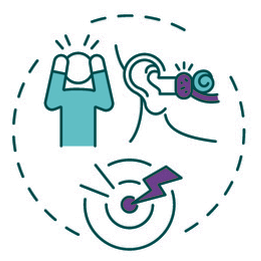If you’re like most people, you probably confuse the phrase “hearing loss” with “deafness.”
Hearing loss and deafness are sometimes used interchangeably, however, there is a significant distinction between the two.
Deafness and hearing loss are both disorders that impair a person’s ability to hear.
Still, there are some significant variations between the two.
Hearing loss is often defined by a decline in hearing capacity, whereas deafness is defined by a total inability to hear.
Hearing loss can be caused by several circumstances, including loud noise exposure, certain drugs, and ageing changes in the ear.




